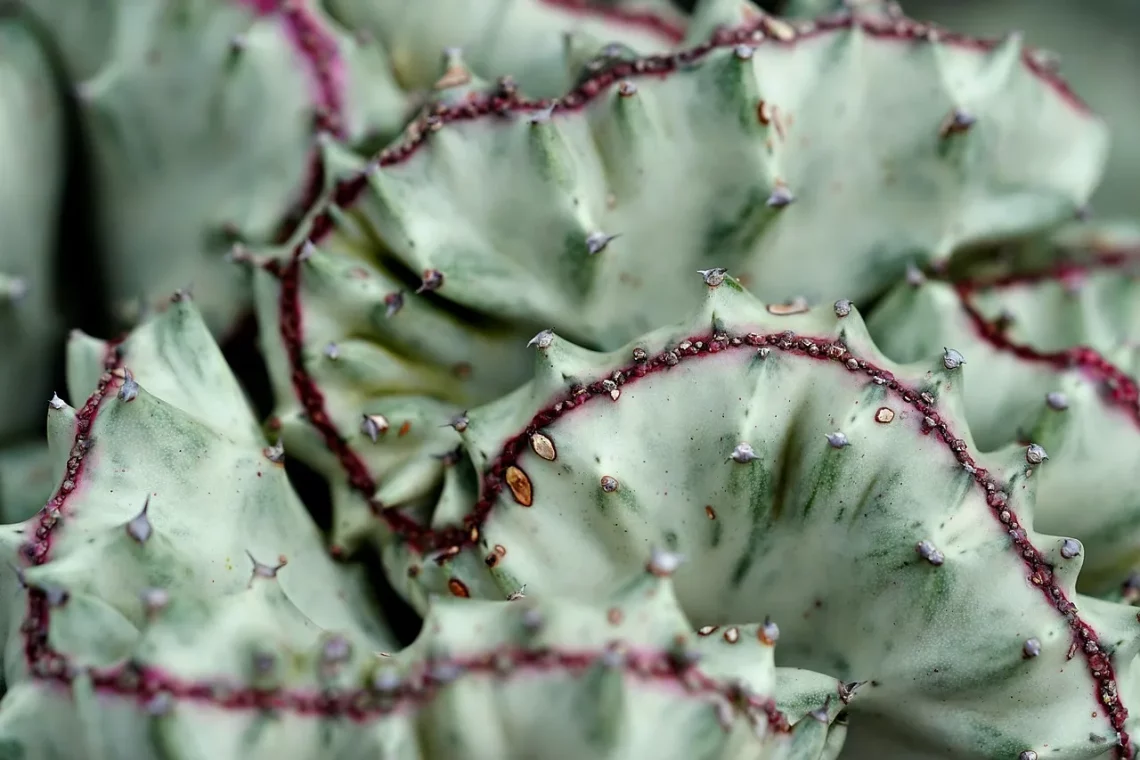
Are Cacti Poisonous? Understanding the Risks of Cactus Contact
Cacti have long fascinated people with their resilient beauty and unique adaptations to harsh environments. These remarkable plants thrive in arid deserts and rocky terrains, showcasing a variety of shapes, sizes, and colors. As houseplants, they have gained immense popularity due to their low-maintenance nature and striking aesthetic appeal. However, their allure often comes with questions about their safety, particularly regarding the potential risks they pose to humans and pets.
While cacti are generally safe to handle, many individuals are often concerned about the possibility of toxic reactions associated with cactus contact. This concern stems from the fact that some cacti possess spines and glochids—tiny hair-like structures that can cause irritation upon contact. Moreover, there’s a common misconception that all plants with spines or thorns are poisonous. Understanding the facts about cacti and their safety can help alleviate fears and foster a greater appreciation for these unique plants.
In this exploration of cacti and their potential risks, we will delve into the distinctions between poisonous and non-poisonous varieties, the effects of contact with different parts of the plant, and the best practices for handling them safely. With this knowledge, you can enjoy your cactus collection without unnecessary worry.
Understanding Cactus Toxicity
When discussing whether cacti are poisonous, it’s essential to differentiate between true toxicity and physical harm caused by spines or glochids. Most cacti are not toxic and do not pose any significant health risks when handled properly. However, there are a few exceptions.
The majority of cacti belong to the family Cactaceae, which typically contains non-toxic species. This means that they do not produce harmful compounds that could cause severe illness or poisoning if ingested by humans or pets. In fact, some cacti are even edible, like the prickly pear cactus. The pads and fruits of this cactus are consumed in various culinary dishes across different cultures.
However, certain cacti can cause mild irritation if their spines or glochids penetrate the skin. Glochids are particularly notorious for being irritating due to their tiny, barbed structure that can easily detach and embed in the skin. While they may not be poisonous, the physical discomfort they cause can lead to allergic reactions in some individuals. Symptoms may include redness, itching, and swelling at the site of contact.
It’s also worth noting that some plants, which may resemble cacti but belong to other families, can be toxic. For example, Euphorbia species, commonly known as spurges, can produce a milky sap that is irritating to the skin and eyes. Therefore, it’s crucial to identify the exact species of plant you’re dealing with to ascertain its safety.
In summary, while cacti generally do not pose a poisoning risk, caution should be exercised when handling them due to the potential for physical irritation. Always ensure you know the specific species of cactus you are interacting with to mitigate any risks associated with handling.
Health Risks Associated with Cactus Contact
Though most cacti are non-toxic, it’s important to recognize the potential health risks that can arise from contact with them. The primary risks stem from the physical structure of the plants—namely, their spines and glochids. These features can lead to various health issues, especially if proper care is not taken during handling.
When a person comes into contact with a cactus spine, it can puncture the skin, causing pain and discomfort. The severity of the injury depends largely on the size and type of spine. Some cacti have long, rigid spines that can cause deeper punctures, while others may have fine, hair-like spines that can be more challenging to remove. In both cases, it is advisable to remove the spines carefully to prevent further irritation or infection.
Glochids are even more troublesome due to their tendency to become embedded in the skin. These tiny barbed structures can be challenging to see and remove, leading to prolonged discomfort. If you find yourself with glochids in your skin, it is recommended to use adhesive tape to lift them out gently. Avoid using your fingers, as this can lead to further irritation.
In addition to physical harm, individuals with sensitive skin or allergies may experience heightened reactions to cactus spines. Symptoms can include localized swelling, redness, and itching. In rare cases, these reactions may escalate, requiring medical attention.
For pets, the risks associated with cactus contact can be more significant. While most cats and dogs are unlikely to consume cacti, curious pets may poke or rub against spiny plants, resulting in injuries. Furthermore, ingestion of certain cactus species can lead to gastrointestinal upset, although this is less common with true cacti.
In conclusion, while cacti are generally not poisonous, the risks associated with their spines and glochids should not be dismissed. Proper handling techniques can help minimize these risks and ensure a safer experience when interacting with these fascinating plants.
Safe Handling Practices for Cacti
To enjoy the beauty of cacti while minimizing any risks associated with handling them, it is essential to adopt safe handling practices. By following a few simple guidelines, you can protect yourself, your family, and your pets from potential injuries or irritations.
First and foremost, always wear gloves when handling cacti. This is one of the most effective ways to protect your hands from spines and glochids. A sturdy pair of gardening gloves can provide a barrier that prevents direct contact, allowing you to handle the plant safely. If you do not have gloves on hand, consider using a thick cloth to grasp the cactus instead.
When transporting or repotting cacti, use tongs or a thick piece of cardboard to support the plant. This method allows you to avoid direct contact while moving the cactus from one location to another. If you need to prune or trim your cactus, use sharp scissors or pruning shears to cut away any unwanted growth, being mindful of the spines as you work.
Additionally, educating yourself about the specific cactus species you own can help you understand their unique characteristics and handling requirements. Some cacti may have more aggressive spines than others, or they may require special care when repotting or relocating.
Lastly, if you have pets, consider placing your cacti in areas that are less accessible to them. If a curious pet does come into contact with a cactus, supervise them closely to prevent any potential injuries.
By implementing these simple yet effective safety measures, you can enjoy your cacti collection without worry, ensuring that both you and your plants thrive together harmoniously.
Conclusion
In summary, the question of whether cacti are poisonous often leads to confusion. Most cacti are non-toxic and safe to handle, but their spines and glochids can cause physical irritation and discomfort. Understanding the risks associated with cactus contact can help mitigate concerns and foster a greater appreciation for these unique plants.
By employing safe handling practices, such as wearing gloves and using tools when necessary, you can enjoy the beauty of cacti while minimizing the risk of injury. Additionally, educating yourself about the specific species you own can further enhance your ability to care for and handle these remarkable plants safely.
Remember that while cacti are generally safe, individual reactions to contact may vary. If you experience severe discomfort or an allergic reaction, seek medical advice. Always consult a healthcare professional for any health-related concerns or injuries.
This article is for informational purposes only and should not be considered medical advice. Always consult a healthcare professional for any medical issues or concerns.




